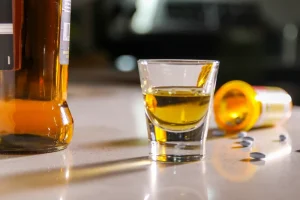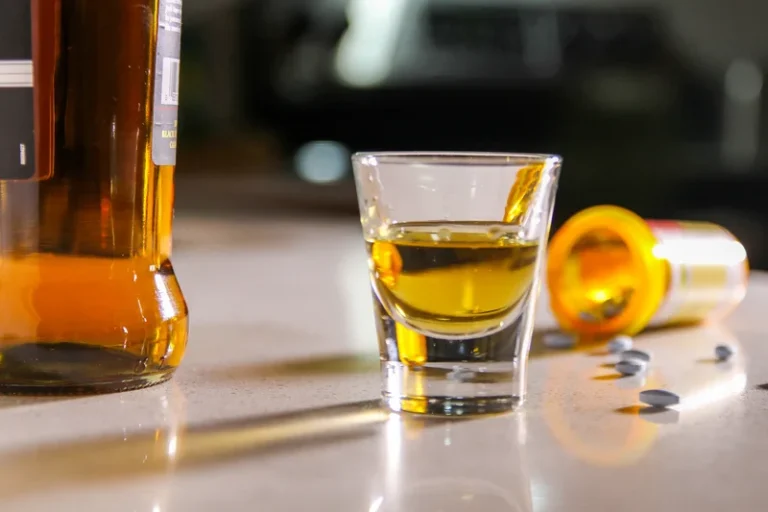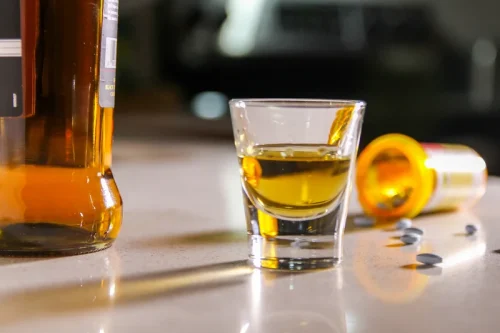
For example, if you’re being tested in a medical setting for intoxication, how long does alcohol stay in your system doctors are more likely to take a blood sample. In a legal setting, such as after an accident or a suspected DUI, you’re likely to be given a breath test. BAC charts make it easy to see what a healthy range is for you.
Food Consumption

“Alcohol is quickly absorbed into the blood through the stomach and intestines, then broken down in the liver,” Dr. Snyder explains. Once it reaches the liver, enzymes like alcohol dehydrogenase begin to metabolize it. This process converts alcohol into acetaldehyde, a toxic byproduct that is further broken down into acetate. The acetate is eventually eliminated from the body as water and carbon dioxide through breath, urine, and sweat.
Alcohol Testing

Hair testing can be used to detect the use of many different substances, including alcohol. Alcohol can be detected in the hair for around 90 days after an alcoholic drink was consumed. Drinking water cannot sober you up, but it can prevent you from drinking too much too fast.
The Liver
This is part of our ongoing commitment to ensure FHE Health is trusted as a leader in mental health and addiction care. Alcohol Use Disorder (AUD) is a medical condition that affects millions of people worldwide. It occurs when an individual becomes dependent on alcohol, often leading to compulsive drinking, an inability to control alcohol intake, and a strong craving for it. Understanding AUD is crucial for identifying the signs and seeking the right treatment. If you’re struggling with alcohol addiction, seeking professional treatment can be the first step toward a healthier and happier future. The detection window for saliva tests is usually shorter than for breath or blood tests.

Get Help With Alcohol Addiction
ADH is an enzyme that breaks =https://ecosoberhouse.com/ down alcohol in the liver and the stomach. Men typically need to consume twice as much alcohol to reach the same level of intoxication as women. While staying hydrated, eating food, and resting can help you feel better and manage the symptoms of intoxication, your body will clear the alcohol at its own pace. The best strategy for managing alcohol intake is moderation and allowing sufficient time for your body to metabolize the alcohol safely. Recovery Resource Center provides information on the best evidence-based treatment centers for people struggling with addiction and mental health.
- Alcohol can be detected in the hair for around 90 days after an alcoholic drink was consumed.
- Contact the addiction medicine specialists in our Richmond, VA, office, or one of our nationwide clinics near you to schedule a callback and start your own success story today.
- Although the liver does most of the work, alcohol can affect other organs as well.
What affects the rate that alcohol is processed?
The stomach absorbs around 20% alcohol, while the small intestines absorb the remaining 80%. They can produce a positive test from mere exposure to alcohol in many daily use drug addiction treatment products. Even small amounts of alcohol can be detected in an EtG test.
Alcohol consumption shows in saliva for about hours it’s ingested. Alcohol gets measured through blood, saliva, sweat, urine, breath and hair follicles. Despite the method, most alcohol tests search for the chemicals ethanol or EtG. About 20% of the alcohol you consume enters your bloodstream from your stomach. Your small intestine has a large concentration of blood vessels. The remaining 80% of alcohol enters your bloodstream from the small intestine.

Can You Speed Up the Process of Clearing Alcohol from Your System?
The reality is thatalcohol sticks around much longer than many people expect, and just a little bit left in your bloodstream is enough to trigger a positive on an alcohol test. So before you have a drink, understand how long alcohol stays in your system. Trace amounts of alcohol can be detected in a saliva swab around hours after the last drink. How long alcohol is detectable in the urine will depend on the test used, as some urine tests are far more sensitive than others. Thankfully, the physical symptoms of drinking alcohol and intoxication resolve much sooner than completion of the overall metabolism cycle, he says.

- So, how much alcohol you consume in a specific amount of time gives you an idea of its intensity.
- The concentration of alcohol in the blood, or BAC, helps to determine how long alcohol stays in the system.
- Most often, alcohol stays in your blood for 24 hours, in your urine up to 80 hours, and in your hair follicles for 3 months.
- An enzyme called alcohol dehydrogenase (ADH) converts alcohol into acetaldehyde, a toxic compound that is further metabolized into acetate, a less harmful substance.
- A further 80 percent approximately is absorbed by the small intestines.
Our team does their best for our readers to help them stay informed about vital healthcare decisions. If you or someone you know shows symptoms of alcoholism, it is essential to seek help. Chronic alcohol use is a treatable condition, and many resources and rehab centers are available to support recovery and sobriety. There is no way to accelerate the process of sobering up, which takes place in the liver.